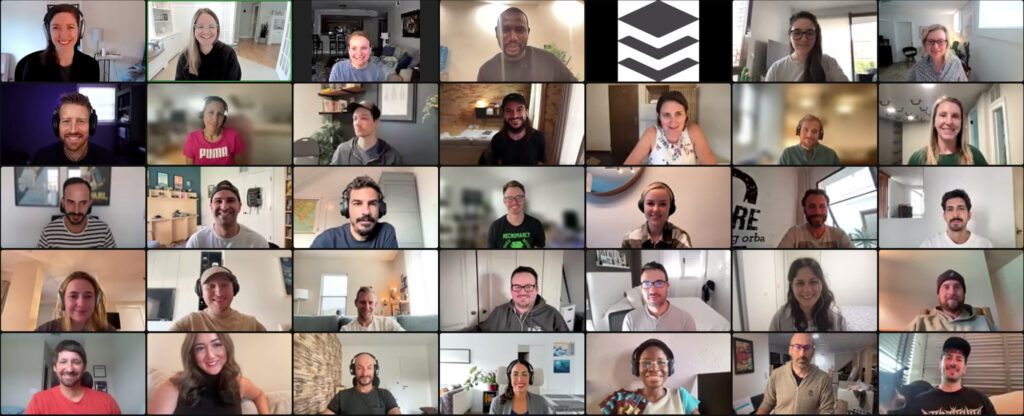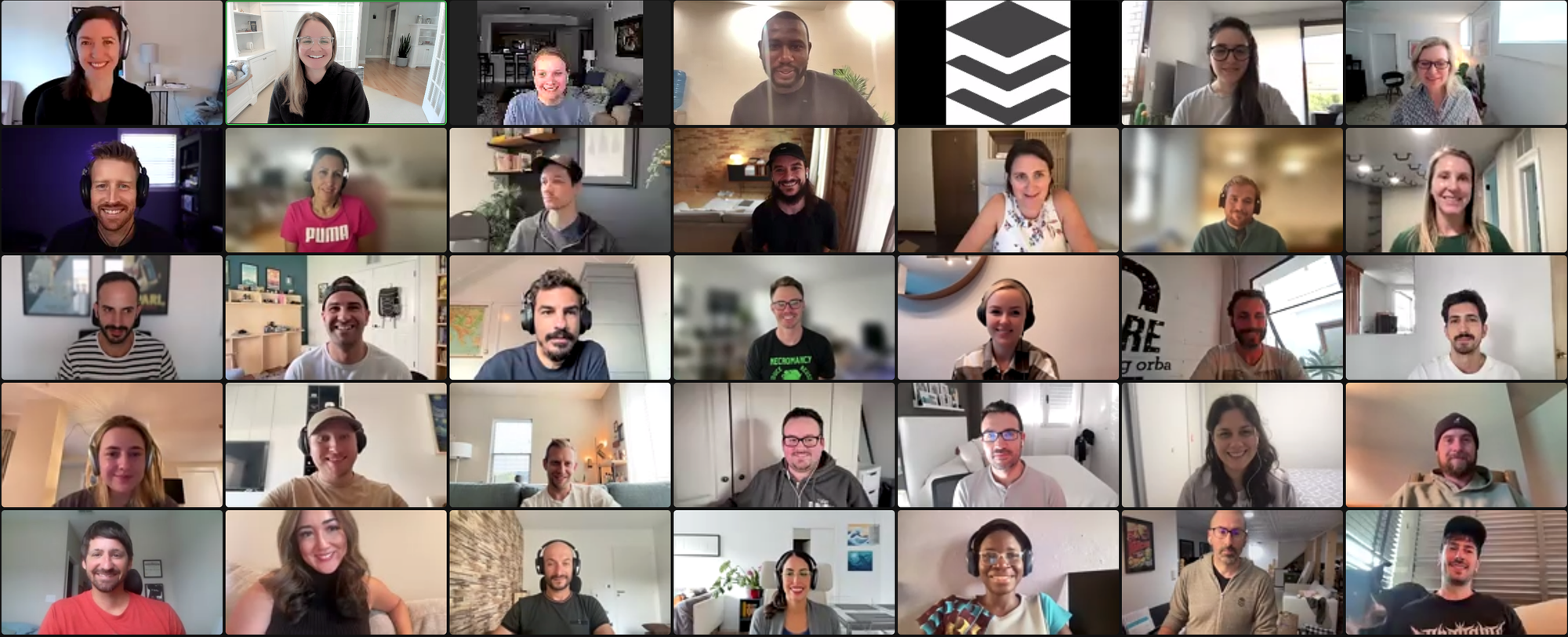Buffer is Remote but not Async-First, Here's Why

With so many years of being remote, we’ve experimented with communication a lot.
One conversation that often comes up for remote companies is asynchronous (async) communication. Async just means that a discussion happens when it is convenient for participants. For example, if I record a Loom video for a teammate in another time zone, they can watch it when they’re online — this is async communication at its best.
Some remote companies are async first. A few are even fully async with no live calls or in-person time at all.
However, this isn’t what we’ve chosen for our culture. We aren’t an async-first company. There are many cases where discussing something synchronously (on a live video call) is the best solution for us.
Here’s more about our communication style at Buffer, and how async fits into it.
Why Buffer isn’t an async-first company
It comes down to this — there are some real benefits to synchronous communication. Through iterating over time, we feel we’ve found the right balance for synchronous and asynchronous communication for us during this current season of Buffer.
Synchronous helps with moving quickly or complex problems
When there are projects or situations that arise that either need to be resolved quickly or are quite complex and require input from several people, we’ve found it easier to jump on a Zoom call to hash it out. There’s nothing worse than being in one of those situations and waiting for someone to write back to you when you feel pressure at that moment.
Video calls help create connections in a remote team
We love a long thread or a video update, but there is something about chatting via video that brings people slightly closer. (The same can be said about meeting up in person, which we still do as a remote company as well.) I’ve felt closer to many of my teammates after spending a few minutes talking about our pets, kids, or even the weather at the beginning of a call. It humanizes us and makes it easier to kick off that next conversation when we’re working on something together again.
We also have many members of the team who haven’t met in person before, and the face-to-face reality of video calls and the ability to see facial expressions goes a long way in developing relationships. We work hard to make sure our tone is super clear in written communication, but there’s something about seeing someone’s face when you’re talking to them that can help you adjust while you're talking.
Additionally, a live call allows for conversation and real-time decision-making, problem-solving, and debating, something that async communication doesn’t allow to the same level.
Sometimes, items come up in sync conversations that someone wouldn’t write out or share async
Being in a live conversation is also just a different beast from writing updates or sharing a pre-recorded video. In live conversations, sometimes topics come up naturally that wouldn’t have otherwise, and it’s a great opportunity to talk over any more sensitive topics when all participants can hear each other’s tone of …read more
Source:: Buffer Blog











